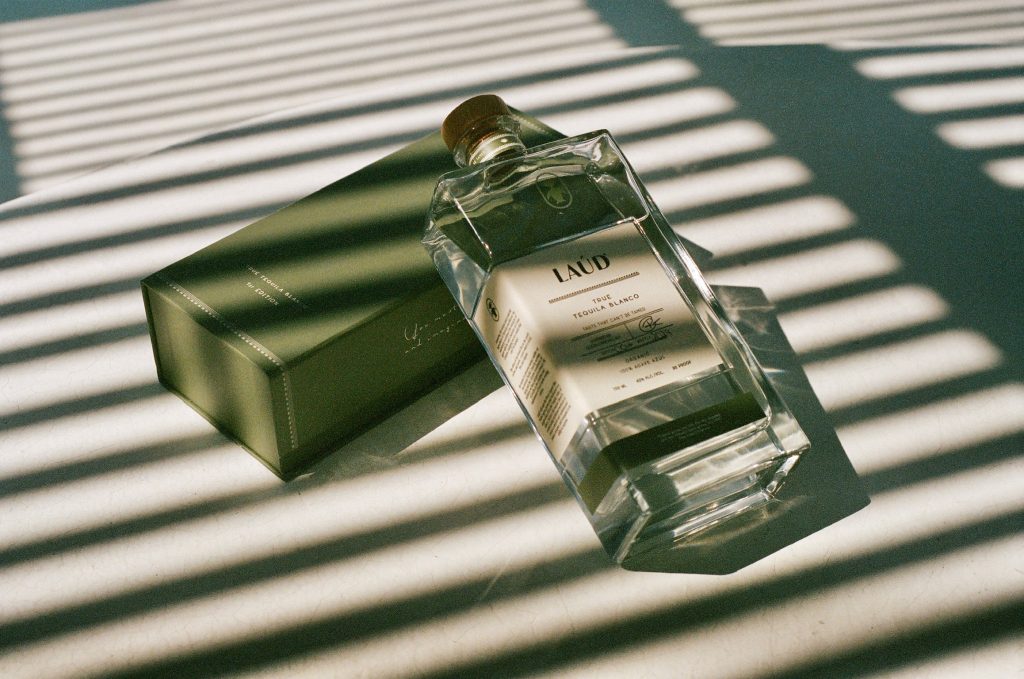Tequila Milagro
An experience with triple-distilled tequila at its birthplace
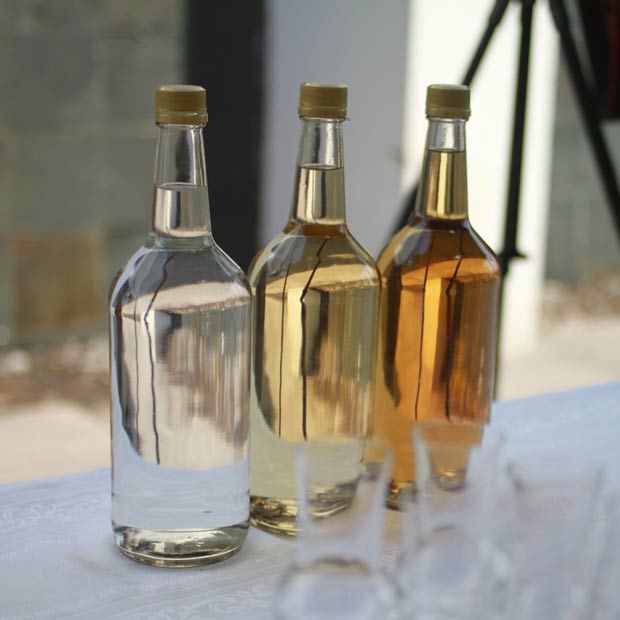
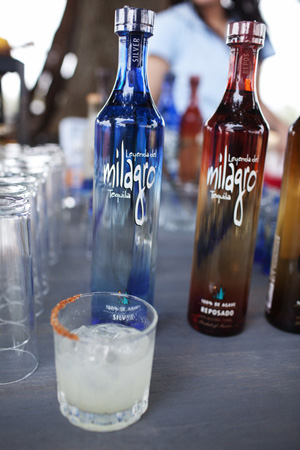
What once was passed over as fuel for Spring Break bacchanals, tequila’s reputation has finally caught up with its history—as long and storied as most other spirits on your liquor shelf. When crafted by an expert distillery with 100% blue agave, it holds its own as a standalone sipping beverage, as well the main ingredient in a variety of cocktails
To learn more about what goes into fine tequila, Milagro invited us to their operation, located in the drink’s birthplace of Jalisco, Mexico. A culture deeply rooted in tequila—both professionally and socially—its reverence occasionally mirrors the region’s Catholic roots. (The Milagro distillery’s Catholic church sits directly across from a multi-storied decorative tequila bottle.)
From their private agave fields to distillery to bottling plant, the whole process takes place in the Jalisco highlands. Once jimadores, armed with a sharpened coa de jima, hand-harvest the agave plants, the agave is stripped of its sharp spikes down to the pineapple-looking core, aptly-named the piña.
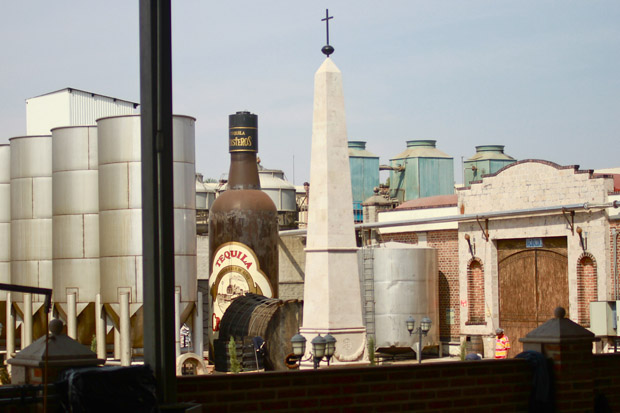
Next, the raw material goes into clay ovens, where they’re slow-roasted for three hours on volcanic rock. During the process, the plant softens and takes on a syrupy sweet flavor that makes an appearance as a dessert on many a Mexican dinner table. Once the juice is pressed and extracted, the portion that isn’t used as agave nectar is combined with Milagro’s self-professed most reliable employee: a proprietary yeast that has been meticulously cultured for 10 years.
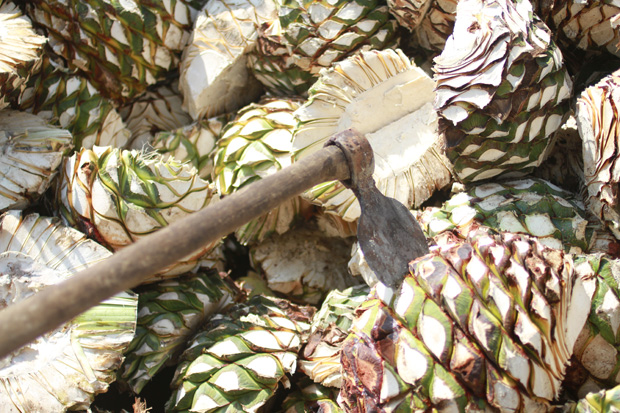
Aside from an exceptionally smooth tequila, what separates Milagro is its tripe-distillation process. Whereas most brands of tequila are double pot-distilled a recent trend has moved towards triple distilling, despite the fact that it risks stripping the tequila of its unique flavors and rendering it closer to vodka. Milagro, instead, created their own third distillation process using a stainless-steel column still that softens the tequila’s head and tail while retaining its agave-forward flavor.
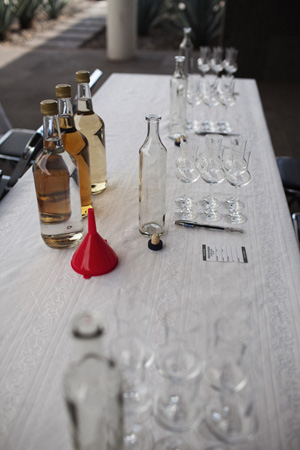
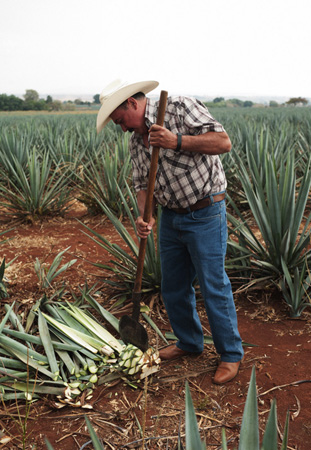
The resulting alcohol is either bottled straight from the still (Silver) or it undergoes an aging process in the same French and American oak barrels that give whiskey its character. Once barreled, it ages anywhere from six to ten months (for a Reposado) or 18 months to three years (for an Añego), which lends an increased flavor profile and darker hue.
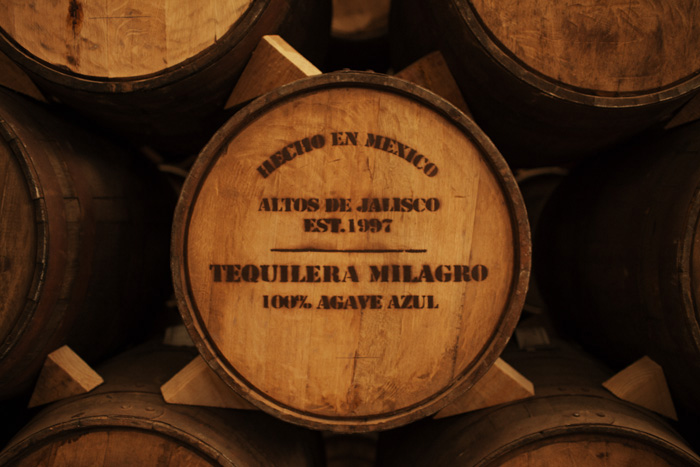
The finished product ends up in either one of Milagro’s hand-painted bottles or a blown-glass creation designated for Select Barrel Reserves. All the iterations of the tequila qualify as a sippable compliment to a summer cocktail that holds its own against any other high-end spirit and represents the scores of rich, complex tequilas that have their name sullied by bottom-shelf swill.


